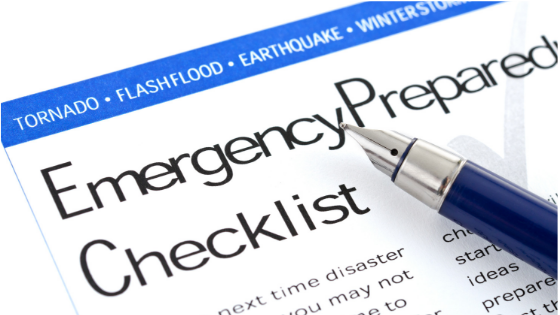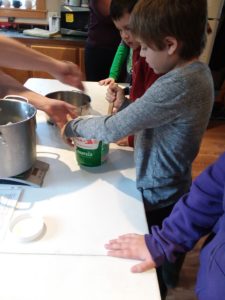The following post is written by my husband, Dale Rowley. He is the Emergency Manager for a county here in Maine. In this post, he shares some ideas on how to begin planning for emergencies in your homeschool.
Homeschool Preparedness
Most states require public schools to have emergency response plans and to practice those plans with emergency drills so that school staff and students are better prepared for responding and recovering from emergencies.
In my employment with a county government as the Emergency Management Director, I regularly work with local public and private school districts to assist them with the updates to their plans and with organizing disaster drills.
However, I see a real gap in what emergency managers are doing to assist local homeschools with the same efforts. I hope that through my wife’s “The Secret Life of Homeschoolers” blog, I might be able to assist many of you with a “Journey towards Preparedness.”
Step 1: Hazards
The first step in the emergency planning process is to identify what hazards are possible in your area and determine how bad those hazards can be. This is what we call the “frequency” and “severity” of hazards. Do you live in an area that is susceptible to wildfires? How often do they occur in your region? How destructive can those fires get?
We typically break the hazards we may experience down into natural disasters and manmade disasters. For the purpose of this article, I will include the most common hazards:
- Structure Fire
- Earthquake
- Landslide
- Flooding
- Severe Winter storm
- Hurricane and tropical storm
- Tornado
- Wildland fire
- Electric grid failure
- Hazardous material spill
- Epidemic/disease outbreak
- Bomb threat or suspicious package
- Terrorism and shootings
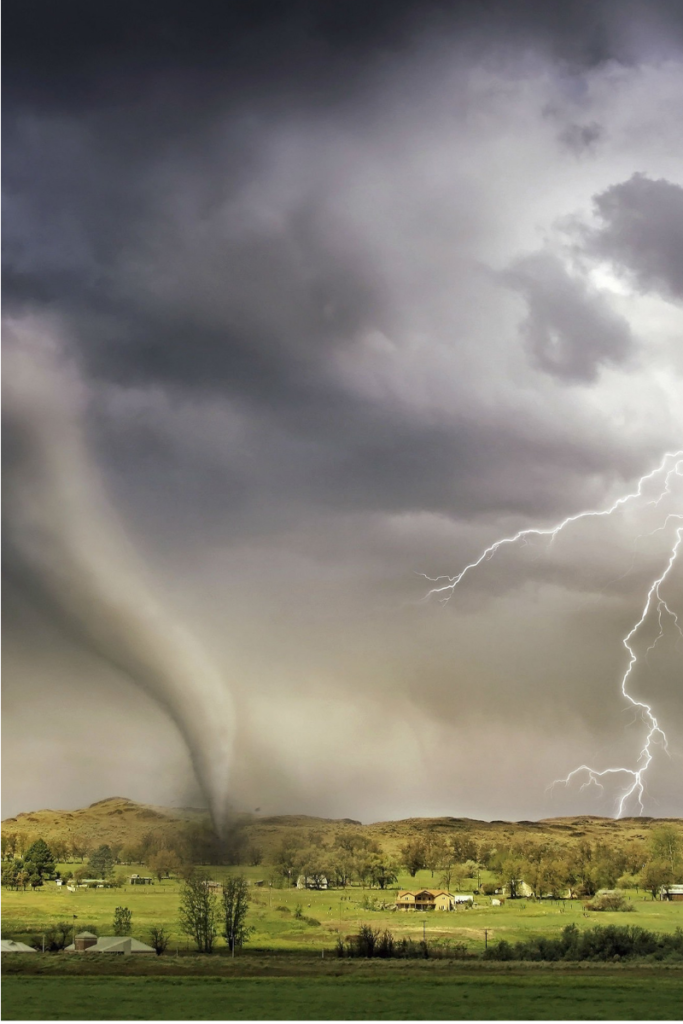
Your area may not be subject to all these hazards. Or, some of these hazards may be very infrequent.
Here in Maine, we are not in an earthquake zone; there are no landslide hazards in our area, and small tornados are rare. Where we live, we are not worried about the coastal storm surge of 100-year flood zones. (We are 20 miles from the coast; our house is 450 feet above sea level and there are no flood zones anywhere nearby.)
However, a severe winter storm is very likely; a structure fire or a wildfire are always a remote possibility; there is a petroleum pipeline that runs nearby, and short term power outages happen several times a year. Two decades ago, we experienced an ice storm that left us without electrical power for 11 days.
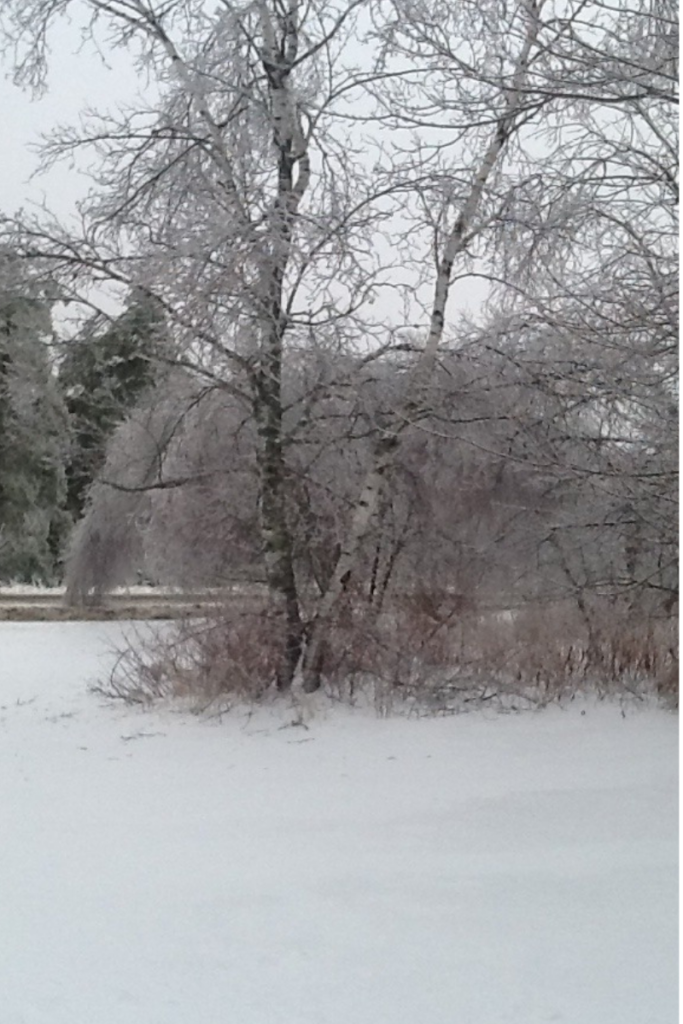
Step 2: Impact of Hazards
The next step in your homeschool preparedness is to determine how “your” hazards can impact your family and home. A fire, an earthquake, a landslide, a tornado, or flooding can damage or destroy your home (and homeschool). A hazardous materials release may cause you to evacuate or could cause injury. A disease outbreak or shooting can sicken, injure or kill your family members. Severe weather can damage electrical transmission lines and poles.
In our case, the greatest impact would come from damage to our home (and homeschool) and the long term loss of power. You will need to determine the impact or consequences that your homeschool could face from the types of hazards you could experience.
Step 3: Mitigation- Actions to Take Prior to Disaster
The final step that I will describe in this post is the process of mitigation. Mitigation activities are those actions that you can put into place before a disaster happens that will lessen the impact of those hazards.
For example, having a standby generator with a 7-day supply of propane will greatly reduce the impact of a short term power outage. Creating a 30-foot buffer zone around your home will lessen that chances that your homeschool will catch fire when there is a wildfire in the area. And strapping all bookshelves and other tall furniture or appliances to walls will keep them from falling on family members during an earthquake.
In the next blog post, I will describe the process of resource identification, a gap analysis, and course of action.
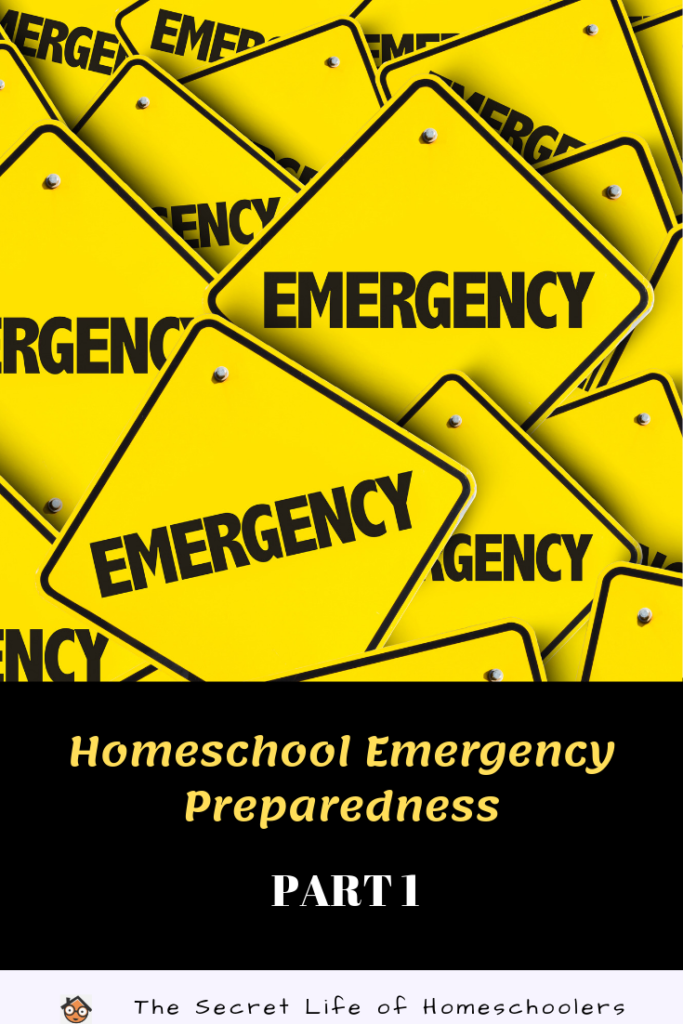
If you would like to learn more about emergency preparedness, you can also visit:
What do you do to plan for emergencies in your homeschool?

